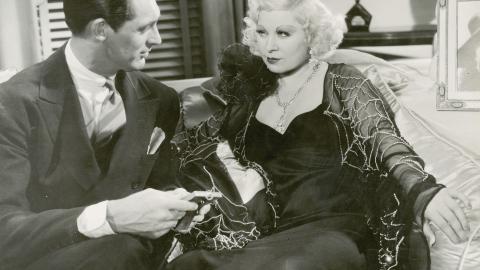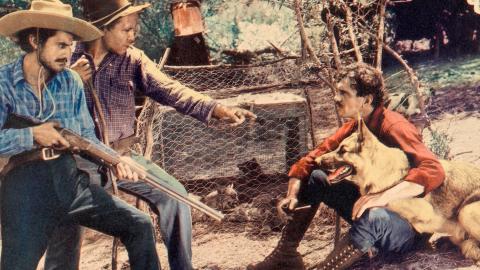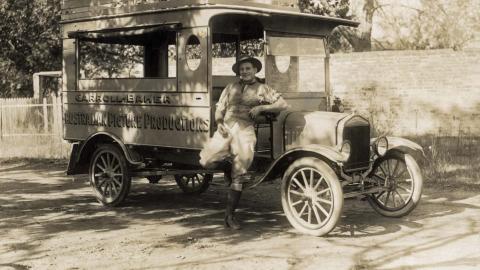

Chaplins, goats and Bathing Beauties
Chaplins, goats and Bathing Beauties

The theme of this year’s World Day of Audiovisual Heritage is ‘Archives at risk: protecting the world’s identities’. To celebrate, we bring you this quirky 1920s Australasian Gazette newsreel featuring a Charlie Chaplin lookalike competition, goat racing and bathing beauties.
Today we think nothing of taking countless videos of live performances and parades, but in 1921 filmmaking equipment was expensive and cumbersome, making footage like this relatively rare.
‘The Charlie Chaplin and Beauty Girl Competitions’ is an excerpt of Australasian Gazette No. 522 and contains footage of the children’s afternoon at the Australian Horse Carnival held at the Sydney Showground on Saturday 12 February 1921.
NFSA film curator Tara Marynowsky says she was initially drawn to finding out more about the newsreel because she is a self-confessed ‘sucker for a good impersonator – especially a Charlie Chaplin one’, but in addition to the Chaplin lookalikes she was excited to come across footage of ‘beauties’ modelling avant-garde designs complete with elaborate headdresses and hoop-skirts.
The parade begins with men and children imitating Chaplin’s most famous character, the Tramp. They adopt the Tramp’s dishevelled look, complete with bowler hats, ill-fitting suits, cane and small black moustache. Some of them also have a go at his trademark waddle walk.
We then see young women dressed as ‘America’s sweetheart’, actress Mary Pickford (see gallery below), complete with long blonde curls and white dresses.
Completing the parade is a squad of Mack Sennett Bathing Beauties, named for the young women that Hollywood actor-director Mack Sennett featured on publicity tours. The Townsville Daily Bulletin reported that the beauties ‘looked all legs in their varied costumes’.

Mary Pickford impersonators

Mack Sennett Bathing Beauties
‘This footage represents what was popular at this time in Australia – a strong interest in American movies is evident in regards to the lookalikes and the fashion’, says Tara. ‘The footage of the Beauty Girl Competition makes you realise how much the concept of beauty has changed over time.’
Digitised newspapers from the time revealed to Tara and fellow film curator Sally Jackson the names of the beauty contest winners: Isabel Lyons, Madge Urquhart, Edith Pickup and Vivian Redmond. Preserving and sharing material like this highlights similarities and differences between the lives and pastimes of Australians then, now and in the future.
The National Film and Sound Archive of Australia acknowledges Australia’s Aboriginal and Torres Strait Islander peoples as the Traditional Custodians of the land on which we work and live and gives respect to their Elders both past and present.


